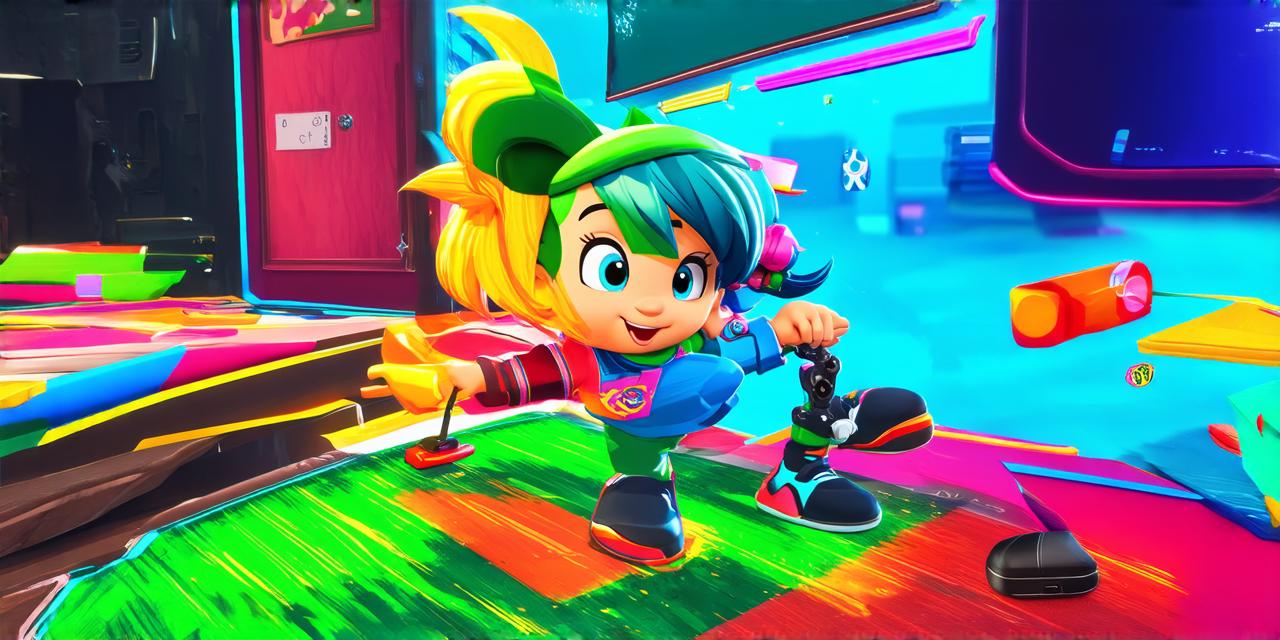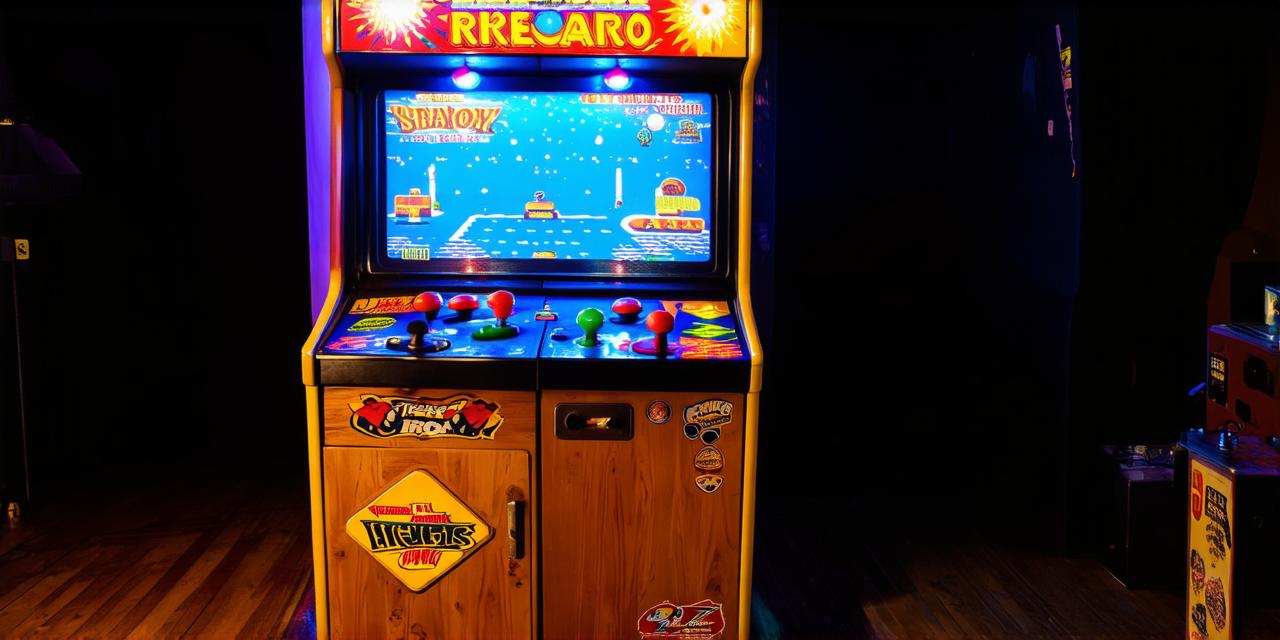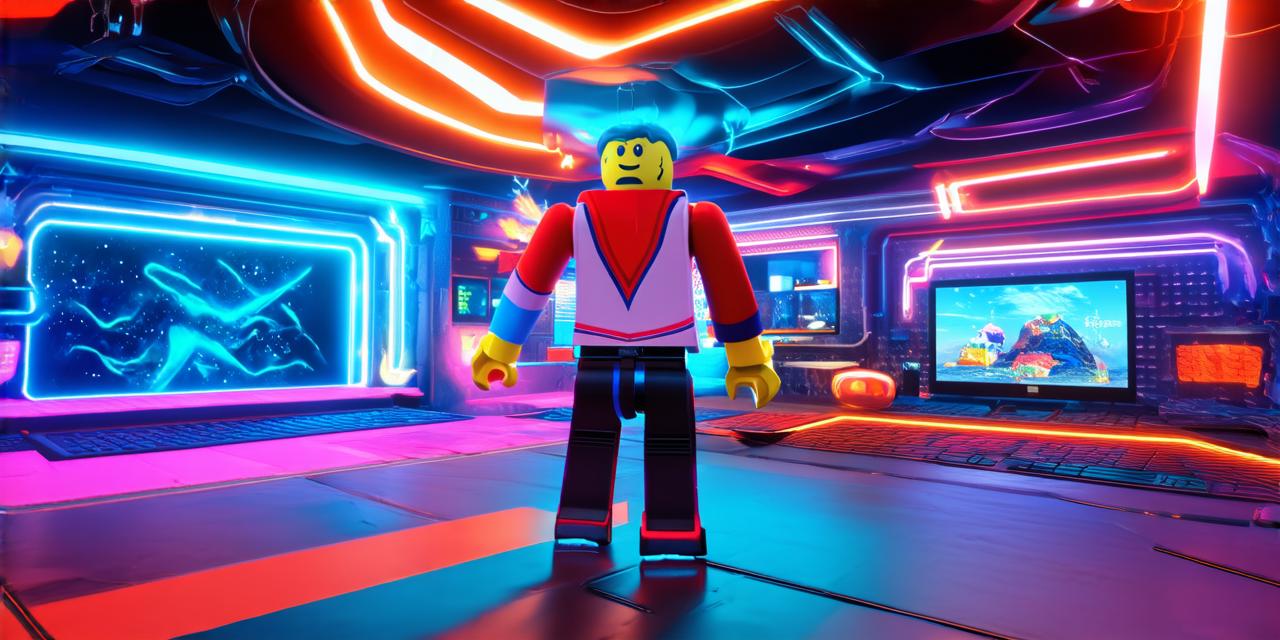Introduction
The video game industry has grown exponentially in recent years, and with it, the demand for high-quality, engaging games for kids. As a game developer, you may be wondering how to create a video game for kids that will not only capture their attention but also teach them valuable skills. In this comprehensive guide, we will explore the key elements of creating a successful video game for kids and provide tips and tricks for game developers to help them succeed in this exciting and rewarding field.
Understanding Your Target Audience: Kids
Before you start designing your video game, it’s essential to understand your target audience. In this case, your target audience is kids. Kids have unique needs, preferences, and learning styles that must be taken into account when creating a video game.
Learning Styles
Kids have different learning styles, which can affect how they interact with a video game. Some kids learn best through visual aids such as images and videos, while others prefer hands-on activities like puzzles and games. By incorporating various elements into your video game, you can cater to different learning styles and make it more engaging for kids.
Age Groups
Kids come in all ages, and each age group has its unique needs and preferences. For example, younger kids may prefer simpler games with bright colors and animations, while older kids may enjoy more complex games with challenging puzzles and obstacles. By understanding the age range of your target audience, you can create a video game that is both fun and educational for them.
Interests and Hobbies
Kids have different interests and hobbies, which can affect their engagement with a video game. For example, some kids may be interested in sports, while others may prefer science fiction or adventure games. By understanding the interests of your target audience, you can create a video game that is tailored to their needs and preferences.
Parental Involvement
Parents play an essential role in their children’s lives, and they may have concerns about the content and impact of video games on their kids. By creating a video game that is both fun and educational, you can reassure parents that their children are learning valuable skills while having fun. Additionally, by including parental controls and settings, you can ensure that your video game is safe for kids to play.
Cultural Diversity
Kids come from different cultural backgrounds, which can affect their engagement with a video game. By incorporating diverse characters, settings, and themes into your video game, you can create a more inclusive and welcoming environment for all kids.
Accessibility
Kids have different abilities, which can affect their engagement with a video game. By creating a video game that is accessible to all kids, you can ensure that everyone has the opportunity to enjoy it. This includes providing alternative input methods such as voice commands and closed captioning for kids with hearing impairments.
Designing Your Video Game: Tips and Tricks
Now that we have a better understanding of your target audience, let’s explore some tips and tricks for designing a successful video game for kids.
Game Mechanics
The game mechanics are the rules and systems that govern how a video game works. When creating a video game for kids, it’s essential to design game mechanics that are intuitive, easy to learn, and fun to play. This includes using clear and concise instructions, providing feedback on actions taken, and allowing for trial and error.
Storytelling
Storytelling is an essential aspect of video games, as it helps to immerse players in the game world and create a sense of purpose and meaning. When creating a video game for kids, it’s essential to incorporate storytelling elements that are age-appropriate and engaging. This includes using relatable characters and themes that kids can identify with and providing opportunities for choice and agency.
Art and Animation

The art and animation in a video game can have a significant impact on its appeal to kids. When creating a video game for kids, it’s essential to design art and animation that are colorful, engaging, and age-appropriate. This includes using bright colors, simple shapes, and clear lines to create a sense of clarity and simplicity.



